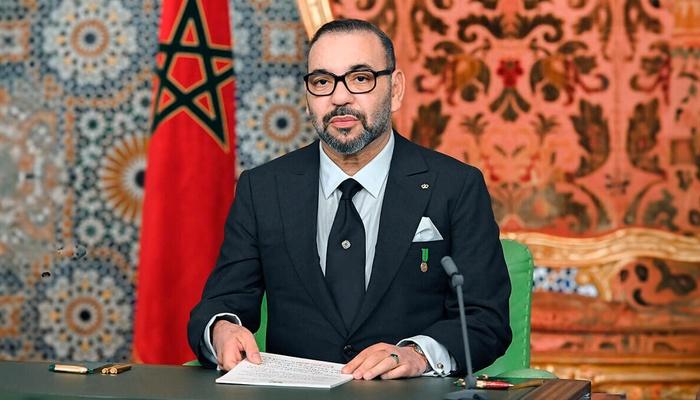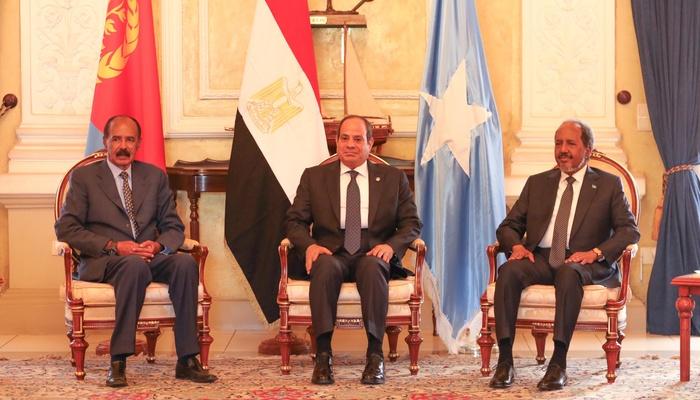Kishida's Japan's diplomatic activism
March proved to be a particularly busy month for the diplomatic activity of Japan and its Prime Minister Fumio Kishida. On March 16, the Japanese PM received South Korean President Yoon Sook-Yeol in Tokyo. Then Kishida traveled first to Delhi, where he discussed security and cooperation in the Indo-Pacific with Indian counterpart Narendra Modi, and finally to Kiev where he met with President Volodymyr Zelensky.
The intensive diplomatic agenda serves to implement the principles laid out in the National Security Strategy (NSS), published in December 2022. In particular, the NSS expresses Japanese concern over the increasing security challenges in the Indo-Pacific related to the political and military activism of China, North Korea, and Russia. In this context, the summits held by Kishida aimed to strengthen relations with partner countries in both the economic and military fields. Indeed, Tokyo’s intention is to create a group of aligned countries capable of responding to any attempts to change the status quo in the Indo-Pacific region, Japan’s primary interest. At the same time, the broader goal is to position itself clearly in an international context that is sliding more and more toward potential bloc confrontation.
Specifically, the meeting with South Korean President Yoon aims to end a period of as many as 12 years in which there have been no visits to the respective countries by top officials. It is, therefore, a meeting with strong symbolic value that tries to relax the complex bilateral relations. For some time now, Kishida and Yoon have shown their willingness to work toward a rapprochement between the two countries. To this end, Seoul had announced on March 5 the creation of a fund to provide compensation to the families of South Korean workers for labor exploitation during the Japanese occupation between 1910 and 1945. A key role in the ongoing détente process is played by the growing North Korean threat. Pyongyang, in fact, continues into 2023 the dense series of ballistic missile launches that began last year in which it had testet approximately 90 missiles, most of which have ended up in the Sea of Japan. In addition, it is important to note the growing US pressure intended to foster dialogue between Tokyo and Seoul, which has resulted in a series of joint military exercises in the skies over the Korean Peninsula and the Sea of Japan aimed at countering the North Korean threat.
However, the March 16 meeting is only the beginning of a journey that would have to continue in the medium to long term before it can bring relevant results. Indeed, relations between South Korea and Japan remain quite complicated, and strong contrasts rooted in history die hard. In this regard, we note the cold reaction of the South Korean public to the Tokyo meeting. Notably, opposition segments took to the streets to express their disappointment, and the leader of the Democratic Party of Korea, Lee Jae-myung, called the March 16 meeting one of the most humiliating moments in South Korean history. Indeed, from the opposition’s perspective, there is no sign of Tokyo’s long-awaited apology for what happened during the occupation.
Despite the difficulties described, the Tokyo meeting was important from the standpoint of bilateral economic cooperation. Indeed, Yoon was accompanied on the trip by a delegation of CEOs from major South Korean companies, including Samsung Electronics, Hyunday and SK Group. According to official statements, there emerges a willingness to overcome the impasse due to the clash over chips that arose when, in 2019, the Japanese government led by Shinzo Abe imposed restrictions on exports to Seoul of certain substances such as hydrogen fluoride and photoresist material, which are crucial in semiconductor production. Such actions had even prompted Seoul to proceed against Tokyo at the International Trade Organization.
During his two-day visit to Delhi, Kishida reiterated the need to strengthen bilateral relations and promote the vision of a “Free and Open Indo-Pacific” (FOIP). This framework dates back to the Abe-led government, which aimed to create a series of connections between ideologically like-minded countries aimed at strengthening military and economic partnerships through investment funds. The goal of this plan is also to counter China’s Belt and Road Initiative (BRI) by seeking to limit Beijing’s influence in the Indo-Pacific region.
Among the various measures proposed, FOIP includes assistance to emerging economies and strengthening maritime security by equipping and providing equipment to the Coast Guard of partner states. In the context of relations between the two countries, the FOIP directs Tokyo-Delhi relations toward greater cooperation in the economic and security spheres, keeping the common Chinese threat in the background. To date, economic ties between India and Japan are already well established. India, for example, falls within Japan’s program of sending development assistance funds (ODA). In 2020, India emerged as the second largest country, after Bangladesh, in terms of the amount of funds received, getting about 11 percent of the total worth $1.8 billion. In this regard, the Modi-Kishida meeting affirmed the willingness to continue the economic partnership made up of Japanese investment in development, also in line with the existing “Japan and India Vision 2025” signed in 2015.
Regarding security, the FOIP includes a range of funds to contribute to the vision of an “open and free” Indo-Pacific. Tokyo’s plan goes through increased cooperation in the area of maritime security and would include a strengthening of the Quad, the quadrilateral forum between India, Australia, the United States and Japan created in 2007. In this context, Kishida’s goal could be to give the forum a military alliance dimension, also and especially from an anti-Chinese perspective.
Placed in a broader global framework, renewed military cooperation with Delhi could also represent an attempt to push India toward greater alignment with the positions of the Euro-Atlantic bloc. Indeed, the Indian government has not yet officially condemned Russian aggression in Ukraine, and in that sense, Kishida’s invitation to Modi to take part in May’s G7 summit in Hiroshima could serve that purpose. However, in light of the military and economic ties between India and Russia, such an initiative could be very complicated to achieve. Indeed, the Kremlin remains a key partner for Delhi, which since the beginning of the war has increased the level of imports, especially in terms of energy resources, purchased at favorable prices. Crude oil, in particular, has undergone an exponential increase in imports to the extent that Moscow has become the leading supplier of oil to Delhi. Also not to be forgotten, that although Delhi is seeking a diversification of Arms Supply Partners, the Federation remains the leading arms supplier to India. Finally, a greater stance by the Modi government would go against the principle of nonalignment and neutrality, the historical pillar on which India has based its foreign policy.
Finally, the stop in Kiev reiterates the significance in symbolic terms of the diplomatic actions taken by Kishida. The Japanese PM, in fact, was the only one of the G7 leaders who had not yet visited the country since the beginning of the conflict, and to date he is also the country’s first leader ever to pay an official visit to the theater of an ongoing conflict since World War II. In Ukraine, Kishida expressed solidarity with President Zelensky by visiting Bucha site of the massacre of civilians by the Russians. On Ukrainian soil, the Japanese leader reaffirmed Tokyo’s commitment to Kiev’s side and confirmed the dispatch of non-lethal equipment worth about $30 million.
The meeting has significance in many ways and confirms the trend of Japan’s changing stance toward conflict, defense and security. In addition, the visit took place in conjunction with the summit between Putin and Xi in Moscow. Kishida’s goals, therefore, included sending a message to the two leaders, but also demonstrating that the Russian-Ukrainian conflict is not just a European security issue. Such statements, on the one hand, would serve to remind European countries that, from the Japanese perspective, threats to security, the status quo, and Democracy in the Pacific are also represented by the Beijing-Moscow axis. On the other hand, the connection between European and Asian security problems could serve to legitimize, even in the eyes of its own public opinion, the new path taken with the NSS, which plans to spend some $320 billion on rearmament of the country.





